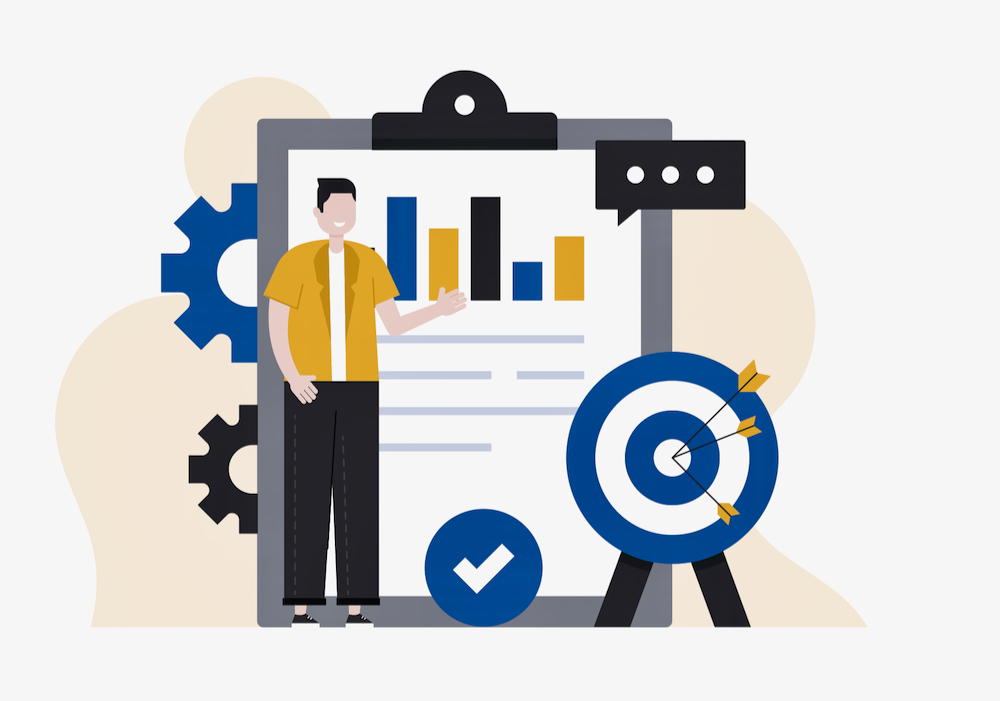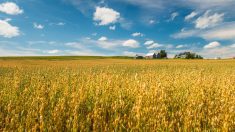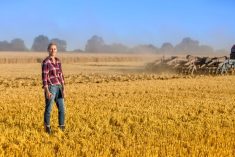A business plan is like a road map for your farm. You can plan your route, set a destination and track progress. But without a map or a plan, how does a farm business owner know what success looks like? Or what you’re capable of achieving? And, most importantly, how do you decide which changes to make along the way?
That’s the importance of building a farm business plan — it’s a document that brings together the “why, what and how” of the business.
The right plan for you
Read Also

What to consider when setting up farm-related business ventures
Things to consider before launching a farm-adjacent side business.
No matter what your farm type or size, a business plan will outline not only your goals but also the key components of your farm business and how resources (including finances and people) should be deployed.
It may sound like a lot of work but creating a plan can start by simply organizing knowledge you already have, as you focus on identifying key decision makers, markets, resource requirements, financial forecasting, areas of change and anticipated gaps.
“The planning process is a good opportunity to reflect on yourself, your business, and most importantly, how you are making decisions,” says Karla Rahn, farm business advisor with Ag Risk Managers in Ottawa, Ont. “Recording this information will help farmers make decisions, especially when disruptions or changes occur… Farms face plenty of uncertainty, so why not put your best foot forward with a plan?”
According to Rahn, a farm business plan should include at least three elements: (1) the latest farm financial statements and projections for the coming year, (2) an operational plan that outlines key decision makers, roles and responsibilities, and (3) a strategy for making money, including a production and marketing plan.
Rahn also recommends an executive summary that outlines the farm’s vision, goals, and key priority areas and activities.
Heather Watson, executive director of Farm Management Canada, says the complexity of a business plan will vary for every farm. Depending on the structure of the farm business, additional details may need to be considered around ownership and accountability, including business shares, dividends and financial reporting.
Watson recommends farmers also create a three- to five-year strategic plan and utilize the one-year business plan to help execute the long-term strategy.
It all means that if an average farmer manages the farm for 50-plus years, they could be looking at developing 10 to 15 strategic plans across their career, plus 50 annual business plan.
And let’s not forget they’ll need a farm transition plan too.
“Every farm business plan will be unique,” says Watson. “While each plan will be comprised of the same basic components, the details and the way they come together to move the farm towards achieving its vision will be distinctly different.”
A decision-making tool
A business plan can serve as a living document and be revisited or revised as the business environment changes.
That updating is important because it isn’t always easy to predict when you’re going to either want or need to make major decisions for the farm.
Trigger points can occur at any time. They can’t always be forecast whether they come from outside factors such as a railway strike, a processing plant shutdown or regulatory changes, or from internal factors like unanticipated cash-flow issues, changes in your team’s structure or its performance, or the adoption of new technology.
“A thorough business plan will also acknowledge any gaps that could affect the immediate and long-term goals,” says Rahn. She defines business gaps as anything from capital and labour needs to production changes and input pricing.
Rahn explains the underlying value of a business plan can be exploited when you identify and understand any risks the farm may face, and when you assess what risks the business can afford to carry and what measures can be implemented to mitigate or address them.
Risks can come from change, internal or external factors, or even from gaps identified through the planning process, so Rahn says the process isn’t about sticking to the plan at all costs (human financial, social or otherwise). Instead, it’s about learning to shift the plan when necessary and it’s also about using the plan to help make decisions while keeping the long-term vision in sight.
“This means there’s no excuse not to plan. As farmers we always need to plan for the unexpected but also be willing to be flexible, to be resilient,” says Rahn.
Change is inevitable, especially in such a dynamic industry as agriculture, and adopting a mindset that is open to shifting with the unexpected is just as important as making a plan, so Rahn repeats that a business plan will support farmers when they make necessary changes and help them navigate the challenges that ebb and flow throughout the annual farm business cycle.
Planning tips
Getting started can be the hardest part of the process, but, as Watson points out, it helps if you have a clear idea of what meaningful progress looks like, and how to get there.
Get everyone involved
“Anyone who has a voice or a vote in the farm should be part of the planning process,” says Rahn. This not only helps build the plan but keeps everyone accountable when it comes to follow-through. “What you decide to include in the plan is up to you as the owner, but consulting your team can help to generate ideas, identify gaps and promote healthy relationships.”
Follow through with implementation
Once a business plan is created, it must be implemented. Expectations and mechanisms to monitor and track progress are also essential. “Once the business plan is implemented, put a schedule in place to meet, review progress and make any necessary adjustments to the plan,” suggests Watson, who also recommends reviewing the plan on a quarterly basis.
Work with an advisor
Everyone who plays a role in executing the plan should be involved in the development and implementation of that plan. But that can be easier said than done. Watson recommends bringing in external farm advisors, such as an accountant, agronomist, marketer or farm advisor to help inform key components of the plan and offer outside perspectives.
“Bringing in an expert will give you and the plan the best chance for success,” says Watson, explaining that investing in an outside farm advisor is most beneficial and can help bring everyone together and ensure everyone feels heard throughout the process. “They can also help with implementation, monitoring progress and any necessary revisions along the way.”
As a farm business advisor herself, Rahn has seen firsthand the benefits of bringing in a third-party point of view. She’s helped clients in every aspect of their farm business — from understanding and organizing farm financials through to providing critical planning and decision-making tools and advice.
Leverage resources
“Farming creates a unique set of circumstances that requires a sharp set of skills — not just business skills, but interpersonal and leadership skills, agronomic skills, machinery skills, veterinary skills — the list goes on,” says Watson. “There are plenty of resources available to help farmers enhance these skills and achieve their goals.”
- Farm Management Canada offers a suite of online resources and links for farm business planning.
- Seeding Success: Assess, Act, Achieve! workshops hosted by Farm Management Canada. This series of free workshops are available across Canada in partnership with the Canadian Agricultural Human Resource Council to help producers with a farm business practices assessment.
- Online Farm Business Assessment Tool is a free tool that walks farmers through components of farm business management (production, marketing, finances, human resources, succession and social responsibility). It also provides insight into best practices and helps to develop business goals and action plans to improve management.
- AgPlan is a free resource offered by the University of Minnesota and provides a customizable template with examples farmers can use to create their own farm business plan. Farmers can create a personal account that can be accessed at any time and shared with others for collaboration.
This article was originally published in the March 2024 issue of Country Guide.
















